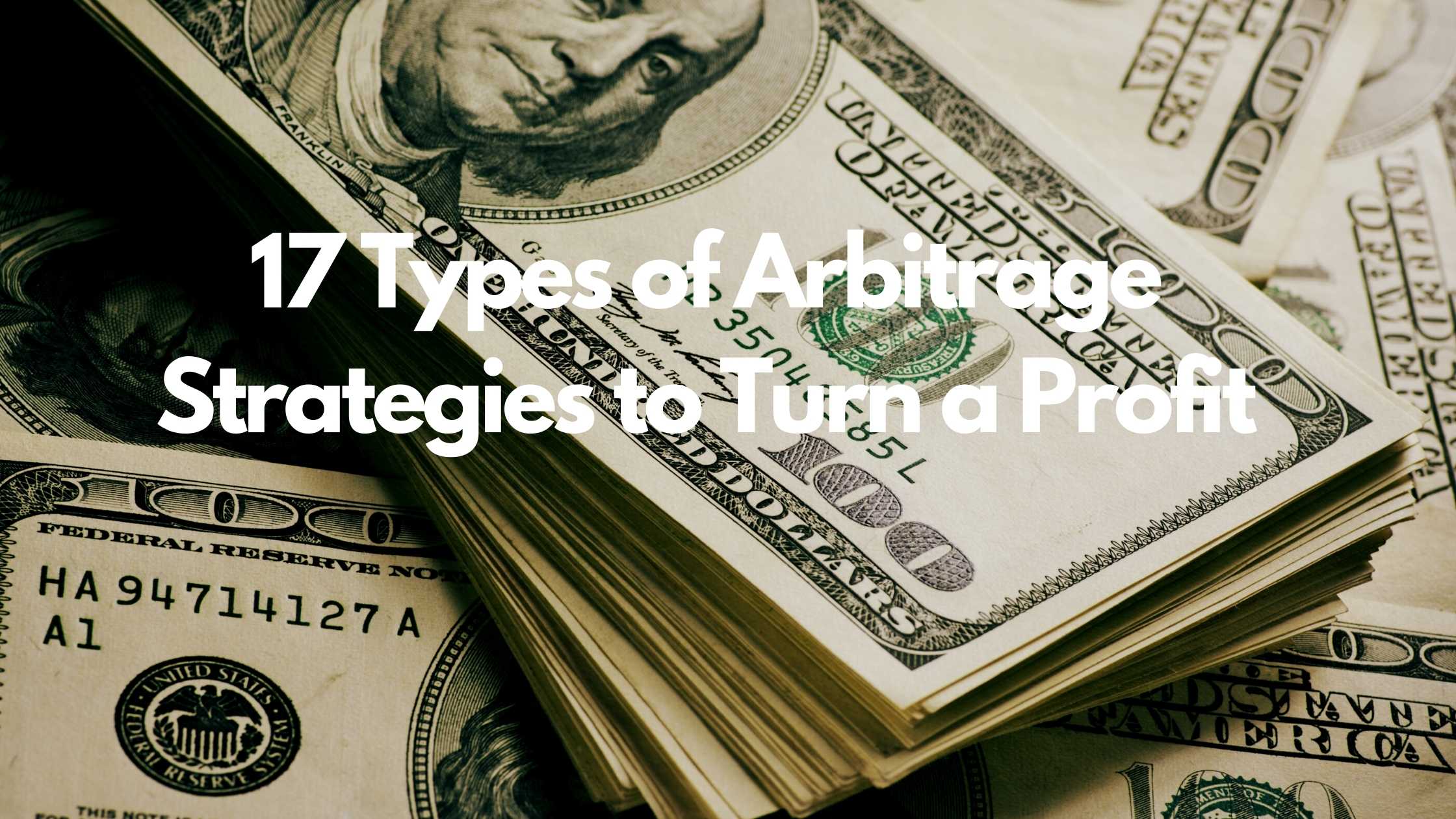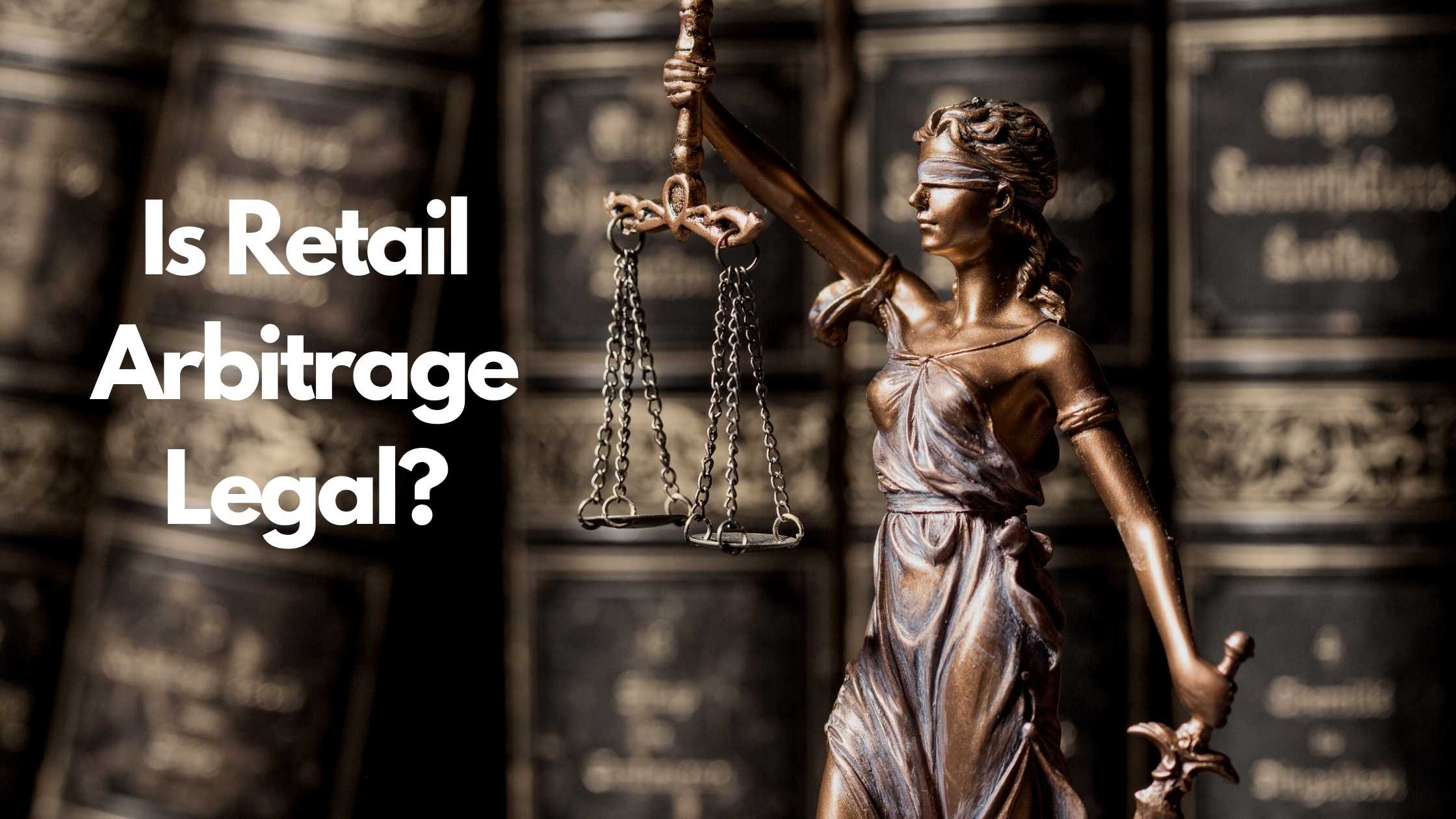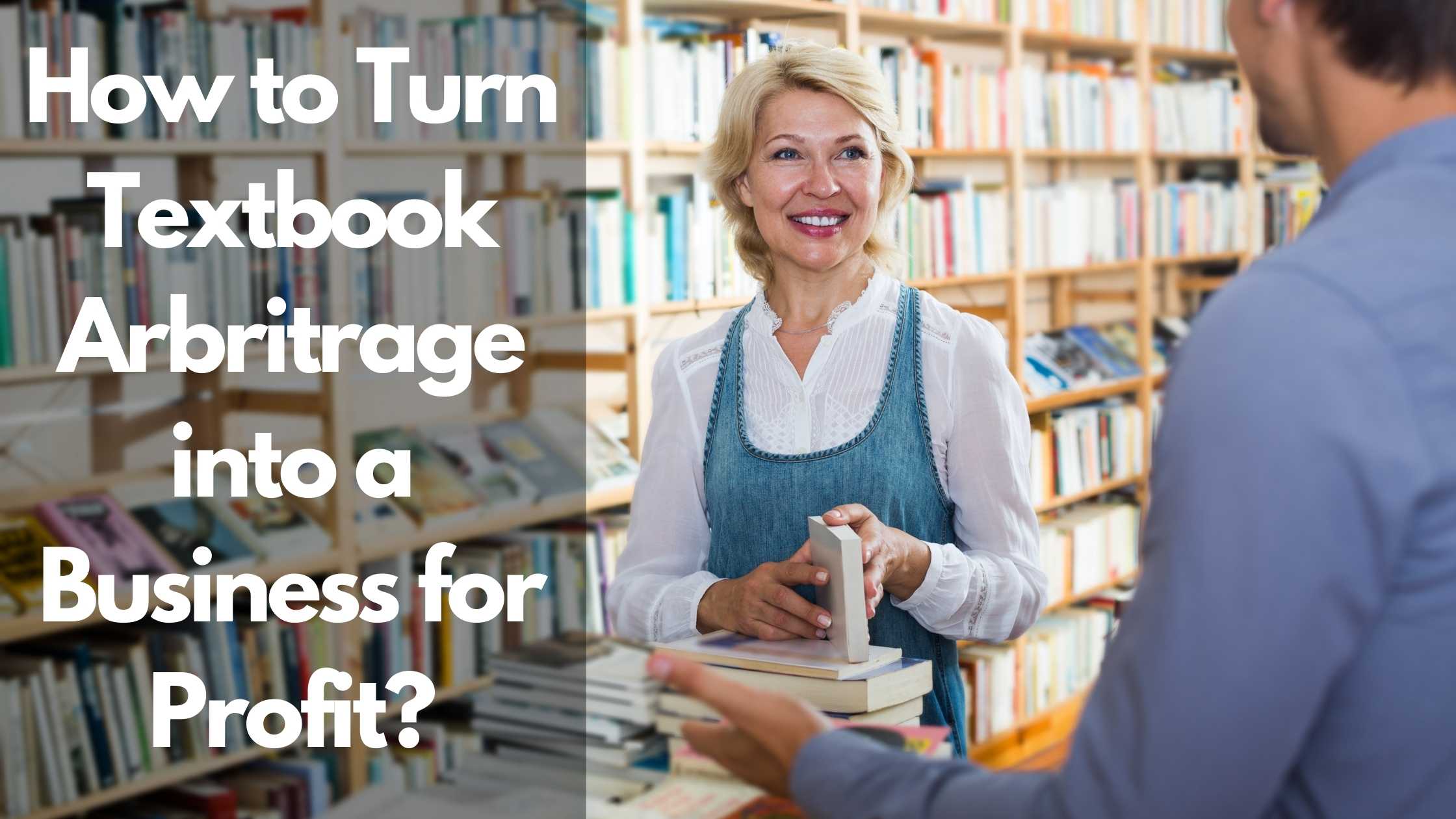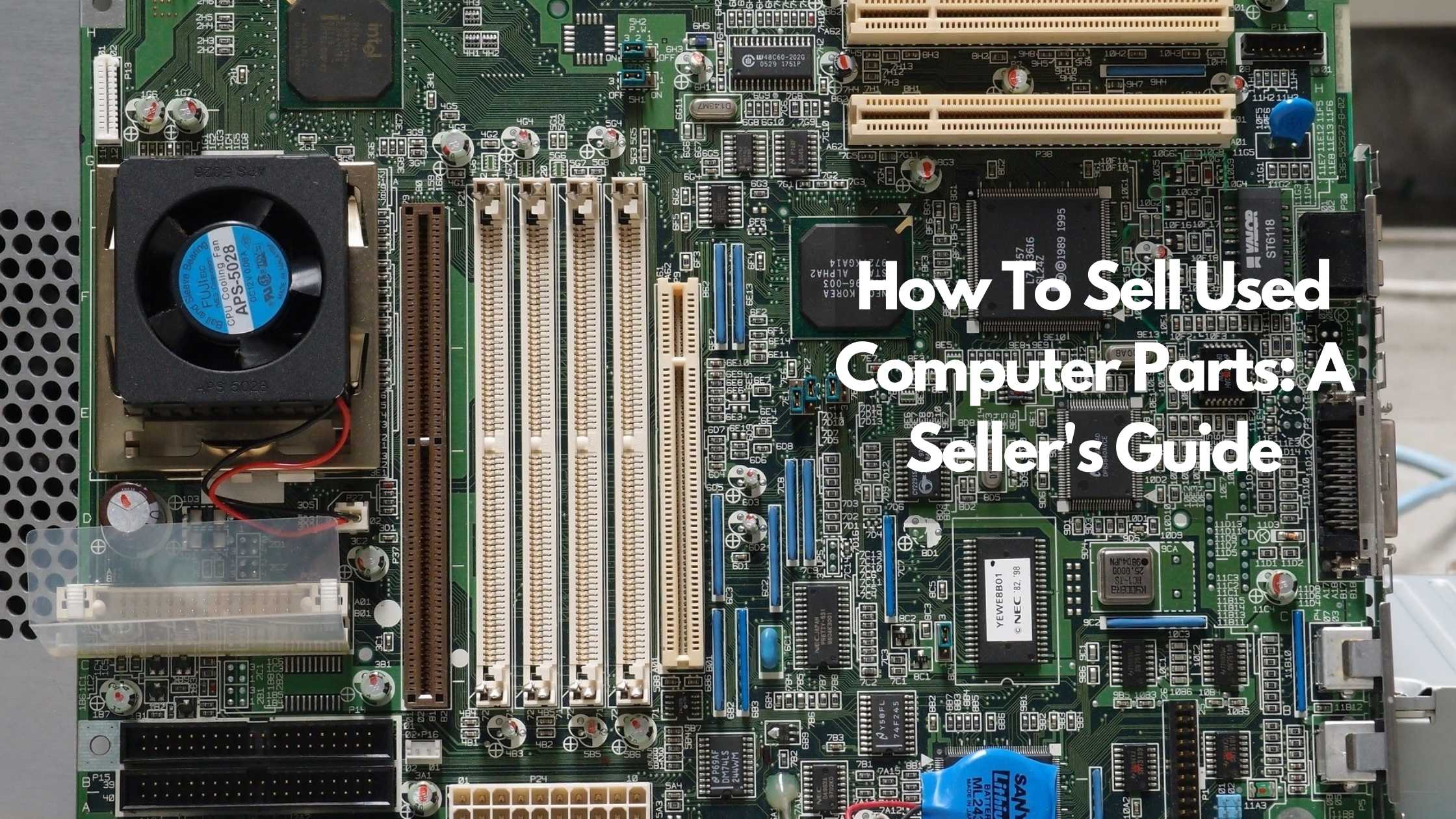
What Is It Worth? How Antiques Are Valued & Appraised.

Valuing and appraising antiques can be challenging for many people who are untrained in what to look for. Whether to earn some extra money, get rid of old family heirlooms, or start a side hustle, learning how antiques are valued and appraised can be worthwhile. More and more, it is possible to get estimates for antiques online, allowing for security and safety when selling.
Antiques are valued and appraised through a number of factors, including:
- Condition
- Age
- Rarity
- Interest
- Similar items available on the market.
The price of antiques can vary dramatically depending on when they are being sold as well as other, less tangible factors. Antiques can be valued and sold online and in-person through auctions or private sales.
There are a significant number of factors that influence appraising antiques, and each of them can be understood to a deep level. Properly valuing antiques can take a significant time investment to get right, so it is best to start learning as early as possible.

Understanding Online Appraisers
Buying and selling antiques online has never been easier. There are a plethora of online marketplaces and auctions that support various types of selling while holding high-quality standards. Selling online also comes with a host of benefits including ease of use, a worldwide market, and significantly increased supply for buyers.
In addition, there are online appraisers that operate quickly and can provide certificates of various pricing or condition guarantees, ensuring that the antiques being moved on the internet can be of high quality. These are a great option for those who are uninterested or unknowledgeable about appraising and valuing their own antiques, or for validating research.
Buying and selling online follows many of the same basic rules that antique transactions follow in person. Depending on the type of marketplace, bids or flat prices are available. Sellers interested in easy transactions can post an ad and get offers with little to no extra work.
With the host of tools for buying and selling antiques online available, it is important to start with some prior knowledge to avoid scams and other shady areas of the internet. It is best to buy and sell from a reputable source, as scams are easier to fake online than in person. If you are unsure of a website or a seller, try doing research. If something seems too good to be true, it likely is.
Getting Your Antique Appraised Online
Getting antiques appraised online is a newer area of antique web sales, but arguably the most valuable for casual sellers looking to get rid of a family heirloom or old piece of furniture. The process is fast and easy on many websites, and more reputable appraisal sources pop up often.
Through online appraisals, prospective buyers pay a small fee and provide information and pictures of an antique to a large source. Then, that source hires out professional appraisers who review the product and accompanying information and procure a value, condition score, and certificate that shows it was officially appraised.
Some longstanding sources that can appraise antiques online include:
- Value My Stuff – Value my stuff is an online appraisal site with a quick turnaround that has been operating since 2009. They provide official certificates of appraisal.
- WorthPoint – Worthpoint is an online source of appraisals that also offers a large library of appraisal tools and pricing guides.
- Barnebys – Barnebys is a large online art site that hosts information on thousands of pieces. Through a subscription service, they provide the opportunity to talk with appraisers about various items.
Online appraisals are great for sellers who need a quick and easy way to find a general price range for their items, but it is important to stick to reputable sources that clearly employ professional appraisers. Otherwise, it is possible to get scammed.
Different Options For Buying And Selling Online
Selling antiques online is possible through a variety of outlets, including online auctions, shops, and bidding sites. Each of these is valid and offer their own pros and cons, so it is important to consider what you hope to achieve through selling online.
Some methods of selling online net more money than others, but require more work from the seller. One common example is online auctions. While these will often result in a higher price, especially if the item attracts a lot of attention, the seller must deal with the auction and likely be present for it. This can take significant time to set up.
A common method of selling online is through online bidding sites that operate similarly to eBay, except they are specifically made for antiques. These are great for sellers who want to get rid of a valuable antique with minimal hassle. The seller can simply set a minimum starting bid and a timeframe, then let the website take care of the rest.
Finally, online shops with a static price and inventory are also available for buying antiques online. While it is difficult to sell through these sites, given that they are generally private businesses, this is a great option for buyers who are simply browsing.
Generally, online shops have a high price point because there is no bidding going on. While you are less likely to find a deal this way, it can prove valuable when compared to the times where an item’s auction goes higher than anticipated. For buyers who are looking for an easy way to buy antiques online, static shops are hard to beat.

How To Research The Value Of An Antique
Finding the value of an antique is often the first thing people want to do when they discover an old item or family heirloom. With the vast number of factors that go into determining value, it can be difficult to get a handle on all of them.
Rather than focusing on the physical aspects such as condition and age, it is best to get a baseline for value through other methods. These other methods include:
- Finding online auctions for the item
- Comparing the item to similar antiques that have sold in the past
- Researching the history of the antique
- If other information runs dry, calling in an expert to help appraise
All of these options help to define the range of value that an antique may have. Even if an old piece is in perfect condition, the value is determined by what people are willing to pay for. Similarly, if an antique sold well in the past but the price drops, the value has dropped as well. This also means that antiques can increase in value as time goes on.
Learning how the market works around antiques is an important step in ensuring that you find the proper value for your item at the best time. This research is best done in some of the ways listed above.
Online Auctions
Viewing online auctions, both current and old, is a great way to see the baseline value for an antique. These are great because they are widely available, easily searchable, and tend to have a long history.
For beginning to value and appraise an antique, looking at online auctions is one of the best starting places. Not only can this research be done quickly, often as easy as a quick Google search, but it also proves invaluable for revealing how in demand the item is.
Demand is one of the key factors in determining an antique’s value; at the end of the day, an item is only worth what someone is willing to pay for it. With that said, it should also be ensured that the market is not saturated, as that will drive the price down.
If an online auction for an antique can easily be found, pay close attention to what the starting bid was and what it is selling for currently. Note the condition of the item and other special details, but the early stages should be dedicated to getting a price range.
If there is difficulty in finding an online auction for the specific antique being appraised, that is very normal. These things often do not sell constantly, so this is not a bad sign. If this happens, take the opportunity to pursue other research methods listed below. Be sure to look into older online auctions, as well. Some sites keep records of what has been sold and at what price which may reveal a lead.
Once an online auction has been found for the item or if absolutely no leads are coming up, turn to other research methods. These will help confirm and narrow down the auction prices that were found or could lead to entirely new numbers.
Comparisons To Similar Items
It is also plausible to find a similar item and look at what those are selling for. While this is less likely to be exact than other methods, it can prove useful in the beginning. Be careful to not get attached to any pricing found from items that are not exact; even items from the same manufacturer and year can be priced wildly different depending on supply and demand.
Finding similar items can be challenging, but the best places to look often remain the same. Research online auctions for items of the same type, manufacturer, or year. The more exact a similar item, the more useful the information will be.
Search engines such as Google or Bing are great for finding similar items to compare pricing with. Often, this can be as simple as searching for the manufacturer or item type. It is best to search at least two of the properties of the original antique to narrow down results that could otherwise be useless.
Remain vigilant while searching for comparable items, especially for finding the value in an antique. While this is a great general information technique, there are often fakes or newer versions of items that sell for significantly less or have much more supply. Also, be sure to note differences between the similar items. These differences, especially in age or number made, can often be a major deciding factor for the price.
Getting Information Through Books or Physical Sources
Physical sources such as manufacturing books, antiquing guides, and other records are often the most accurate information that can be found on an antique’s value. These are often the same resources that professional evaluators use, so they can be dense with information.
These can be challenging to get your hands on and may not be worth the time or money investment for evaluating a few items, but anyone seriously interested in antiquing should look into creating a collection of reference material.
There are many antiquing books available, though reference books for prices and item’s trading history can often be expensive. It is worthwhile to inquire through a local library, university, or antiquing club to see if they have any material on hand for appraising antiques.
When looking through antiquing books, be wary about taking the prices listed as applicable fact. While the item most likely did sell for that price, different authors or organizations will often average prices in unique ways, including highs or lows where others may cut them. In addition, the prices of antiques can vary wildly in short periods of time.
Even a piece that sold well a year ago may suddenly be worthless after new discoveries or a sudden drop in demand. In addition, it is important to consider the condition of the item as sold vs. the condition of the specific antique you are appraising. Some antiques hold value very well even with some damage, while others lose significant market appeal after minor scrapes.
Books that may not seem directly related to antiquing can also prove incredibly valuable while researching antique appraising. Finding books on period topics of various decades, or craftsmen’s guides to trades can be useful for learning about pieces of the time. This extra information can help sell antiques or provide useful knowledge for learning about the antique itself.
Call In An Expert
Finally, if other methods for learning about the value of a piece are failing or there are a number of conflicting reports, consider talking with a local appraiser. While they can be expensive, they are often better than asking through an auctioneer or pawn shop due to professional honesty; rather than trying to buy the item at a good price to earn their keep, they instead earn money from the act of appraising itself.
This route is best for items that seem to have a large fluctuation in price or a significant range in how much the antique sells for. An appraiser will know the local market and trends better than you will even after spending time with other research methods and thus will be able to explain some of the numbers you found through other methods.
Stick to a local appraiser rather than an online one when possible. While online appraisals are fantastic for ease of use, they give a national average. If you are not selling the item online, finding a local appraiser who knows the ins-and-outs of the local market will prove invaluable for valuing the antique.

What To Look Out For When Appraising An Antique
When appraising an antique, there are some key physical factors to look for that offer significant pull on its value. As a general rule, the more well kept an antique is, the more value it holds; similarly, broken or ruined antiques often need to be repaired or altered in some form before being sold.
Many of the factors to keep an eye out for are physical. While things such as market interest and supply are vital for finding the value of an antique, noting certain physical attributes will help to narrow down the price range and ultimately result in the final price point.
The physical attributes to look out for when appraising an antique are:
- The condition
- Special marks
- Restoration attempts
While some of these may seem self-explanatory, it is best to define these in no uncertain terms. Not only will this make your position more defensible when pricing the antique, but it will also help the appraisal be accurate.
These attributes are not all equal. That is to say, an item’s condition may hold a heavier factor on its price than the restoration or rarity. What is most valuable in an antique will change depending on the item itself. Discoveries like what is most important for pricing the antique should come up during general research.
With that said, if an antique fails horribly in any one category, it is likely not worth much. Some attributes are easier to fix, while other times altering an item at all can cause it to lose even more value. Take each antique on a case by case basis and remember that these are simple guidelines.
The Condition Of The Antique
For many antiques, the condition is one of the most important factors in pricing. As a rule, antiques that are in good condition sell better than those in poor condition. Naming the condition of an antique is done in levels; this is where terms such as “near mint” or “lightly damaged” come into play.
The terms used to describe an antique can change from category to category. Cards, for instance, use the terms “lightly played” and “heavily played” as extra categories to describe wear and tear on them. To properly describe your antique, be sure to use the same nomenclature that other sellers are using. This will help prospective buyers know the condition better.
When determining the condition of an antique, it is best to work backward. This means that, rather than finding what is right about the item, you should start by identifying any damage it has taken over the years. The location, severity, type, and amount of damage are all important in determining what condition grade the antique will receive.
Different types of damage will affect the condition of the antique more than others. Small scrapes and nicks may not be a big deal, simply reducing the antique from “mint” to “lightly used”. If there are many scrapes throughout the piece, that could result in a further downgrade.
Similarly, any large damages such as tears, cracking, gashes, or rips will almost always take an antique down to a “damaged” category. Any damage clearly visible to the naked eye will generally fall into this category.
Stains and water damage are often overlooked by casual appraisers, but these are just as important to notice as other types of wear and tear.
“Mint” or “Like new” condition is rare for most antiques that have been found at home or at flea markets. These are difficult to achieve grades that, ultimately, mean the item is as it would have been when bought new however many years ago. Due to the aging process and the incredible likelihood of an item having been used throughout the years, this is largely an unobtainable goal unless the item was stored away.
Be realistic while appraising the condition of the antique. It can be tempting to convince yourself that the piece has less damage than it does, or that a stain is really hardly noticeable. This is doubly true if you are trying to sell the piece. However, lying about the condition of a piece can result in less business as people will not trust your appraisals. Be harsh but fair.
Keep An Eye Out For Maker’s Marks
Maker’s marks are small marks put onto an antique during its creation that note the original creator. Obvious examples include things such as an artist’s signature on a painting, or a symbol pressed into a clay creation.
Maker’s marks can add significant value to an antique, especially if the creator is famous for their work. A beautiful teapot from the 1800s could already be worth hundreds of dollars, but if a maker’s mark from a famous sculptor is found on the bottom, it could shoot into the thousands.
These marks apply to more than just art pieces as well. Original pieces of glassware, pans, desks, or any other antique can be marked with a company or brand name that was known for some reason. If that is the case, finding original pieces from the company is a great find.
Maker’s marks hold their value because they prove the origin of an item. It is possible, and likely if the item is old enough, that the original maker’s mark may have worn off and been lost to time. If a maker’s mark is missing on a piece that you believe to actually be an original, it is not the end of the world and the item likely still holds value. Sadly, it does mean that the item is worth less than with the mark.
Keeping an eye out for signatures and other marks is a quick activity that can truly boost the appraised value of any antique. This applies even more so to pieces that were replicated later on. For instance, a set of mugs that were originally handspun and marked by the artist may later have been created in a factory. While the factory mugs may still hold value, the originals are sure to fetch a better price.
Has The Antique Been Restored, Or Should It Be?
The restoration of antiques is a sticky topic, as there are many people on both sides of the argument with good reasons. With that said, some items fetch more when they are properly restored to working condition. Rather than focusing on restoring an antique yourself, it is best to focus on whether or not restoration work has already taken place.
Some restoration work, especially if it was done poorly, can reduce the value of an item. If the restoration work was particularly bad, it is possible all value was lost. Sadly, there is little to do in cases such as that.
To look for marks of restoration, carefully look for any changes on the surface of the antique. These changes will be subtle if the restoration was done well, and the classic marks will change depending on the type of antique. However, some common signs include:
- Glue or seem marks
- Solder tabs in metal
- Chips or scratches ground down
If the restoration attempt was minor, it is often a nonissue. However, if the restoration attempt was done by an amateur rather than a professional, or caused significant changes to the piece, the value is almost certainly going to be negatively affected.
To determine whether or not an antique should be restored, research what condition similar items are being sold in. If most auctions for the item are sold as-is, there is likely a reason and the item should stay in its current state.
If the antique you are appraising is particularly damaged, it may be worth a professional restoration either way. In cases such as this, talk to the restorer and they should be able to provide a good say on whether or not the piece is salvageable to market standards.
Understanding the Value of Your Antique
By getting an antique appraised, you’ll be better able to understand its history and what it is worth. This in turn will give you the upper hand if and when you go to sell it.
Recommended Blog Posts:
TRENDING


Online Arbitrage for Beginners (Step-by-Step Guide)

17 Types of Arbitrage Strategies to Turn a Profit

Is Retail Arbitrage Legal?

How to Turn Textbook Arbitrage into a Business for Profit

How Can You Tell if a Book is a First Edition?

What to Do With Your Jigsaw Puzzle When Finished?


